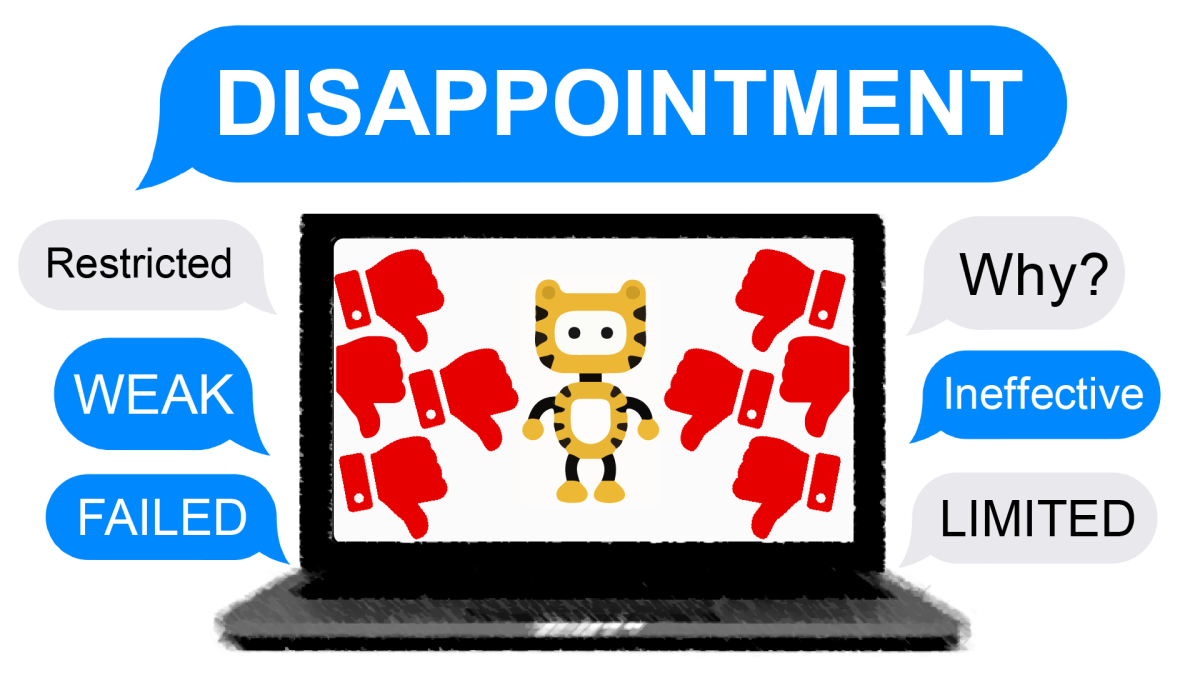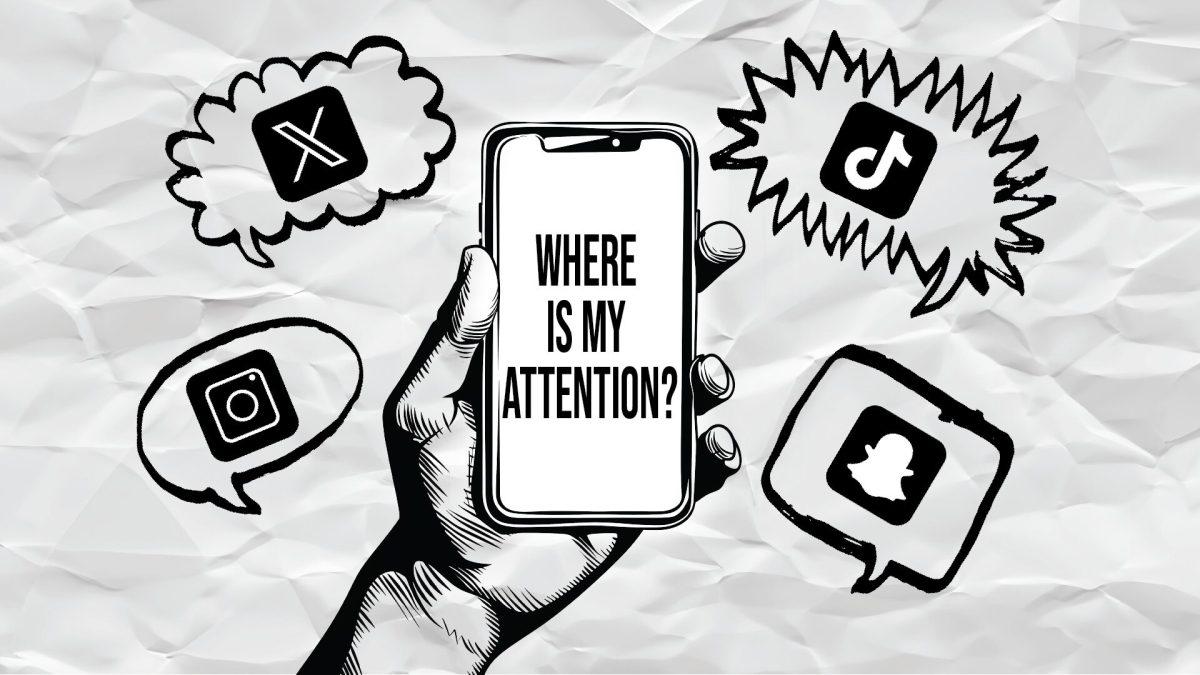It almost goes without saying, but I would be remiss if I didn’t first note the commonsensical: Our bodies need water to survive.
After all, the average human body is made up of [more than 60 percent](http://ga.water.usgs.gov/edu/propertyyou.html) of vital H2O, and we can only last about a week without drinking water until we succumb to a fatal thirst — death by dehydration.
Luckily, we live in a developed nation where, for the most part, we don’t have to worry about these things — drinking water is safe, abundant and near ubiquitous. But this is a luxury often overlooked by our society, with a shocking percentage of the world’s population far less privileged. And, what’s more, it might not be the way things are for long.
Globally speaking, roughly one-fifth of the human population — 1.2 billion people — [live in areas where water scarcity is a major problem](http://www.who.int/features/factfiles/water/water_facts/en/index2.html). As a result, people are forced to rely on unsafe sources of drinking water, which has led diarrhea to become the [primary cause of illness and death](http://www.unwater.org/statistics_san.html) in the world. Unsafe drinking water and inadequate sanitation cause 88 percent of those cases.
These are alarming issues, but they’re the reality for most Sub-Saharan Africans, barrio-dwelling South Americans and denizens of other developing nations. Still more jarring (or perhaps motivating, depending on your take) is the realization that such issues don’t operate within the traditional “necessary evil” rhetoric — they are [certainly preventable](http://blueplanetnetwork.org/water/) if the right logistics and funding were in place.
But the likelihood of solving the developing world’s water crisis is nearing the realm of impracticality, and it’s not only because funds and initiatives are lacking. It might not seem evident now, but our planet’s freshwater supply is nearing insufficiency.
It’s a troubling notion, but don’t take just my word for it. Brian Richter, scientist and co-leader of the Nature Conservatory’s Global Freshwater Team, [put it pretty bluntly](http://blog.nature.org/2012/03/global-water-scarcity-can-we-solve-it/) last month by stating that due to population growth, changing diets and climate change, water scarcity “is going to look considerably worse in the coming decades …”
With this, it’s only natural to wonder: What exactly does this mean for us? For one thing, our diets will likely look a lot less meaty in the next couple decades.
The imminent necessity of eating less meat isn’t some speculative notion based around animal rights — it’s the charred, fleshy truth. For instance, consider the fact that it takes roughly 1,800 gallons of water to produce one pound of grain-fed beef (although some other meat products require less) and that humans derive about 20 percent of protein from animal-based products.
Combine these facts with the current population of more than 7 billion, the estimated 2 billion more people we’ll have to feed by 2050 and the fact that [the typical diets in China and India are getting more carnivorous](http://www.census.gov/compendia/statab/2012/tables/12s1377.pdf) each year. Along with our already prevalent water scarcity issue, there seems to be no other option than to reduce our meat intake.
Indeed, all of these factors led the world’s leading water scientists to [issue their sternest warning yet](http://www.guardian.co.uk/global-development/2012/aug/26/food-shortages-world-vegetarianism) last August, admonishing that the world’s population will likely have to switch to an almost entirely vegetarian diet during the next 40 years to avoid catastrophic food shortages.
[The researchers cited](http://www.siwi.org/sa/node.asp?node=52&sa_content_url=%2Fplugins%2FResources%2Fresource.asp&id=318) that there is simply not enough water available to maintain our current rate of meat consumption (20 percent of our diet) while also growing the population.
To combat this, taking climate change into account, the researchers say, “… animal-based foods (will have to be) limited to 5 percent of total calories and considerable regional water deficits (will have to be) met by a reliable system of food trade.”
That last part is vague, and who knows what implications a “reliable system of food trade” would usher in. The prospect of a sort of water-rationing system doesn’t seem implausible — but alas, this is mere speculation.
One thing is for certain: If we don’t act soon to solve our climate crisis, we all will face a very hot, thirsty and meat-deprived future. Considering our nation’s carnivorous proclivity, that last prospect should ultimately serve as the greatest call to arms — if not for the well-being of our children, then for the crispiness of our bacon and the sizzle of all things myoglobic.











